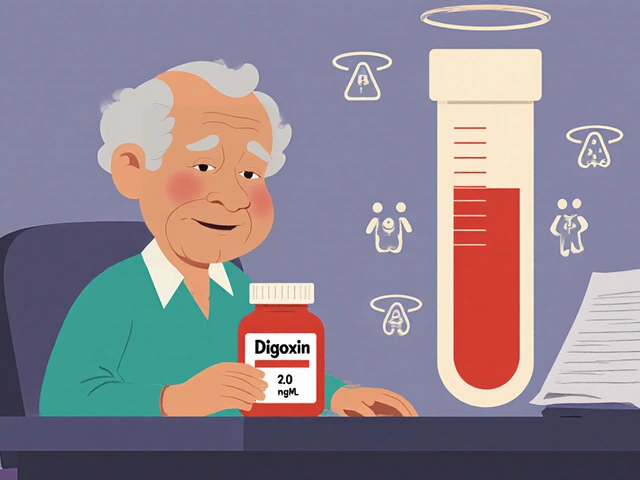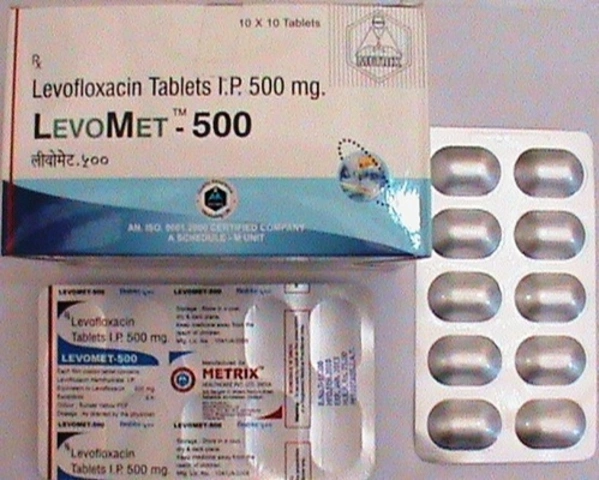Understanding the Role of Fluorouracil in Cancer Treatment
As a blogger and a researcher, I've spent a lot of time studying various cancer treatments. One of the most commonly used chemotherapy drugs that I've come across is Fluorouracil. This drug interferes with cells as they divide and grow, making it a useful tool in the fight against rapidly dividing cancer cells. It is known to work on several types of cancer, including breast, stomach, and colorectal cancers.
Combining Fluorouracil with Radiation Therapy
My research has shown that Fluorouracil is often used in combination with other treatments, such as radiation therapy. It can make cancer cells more sensitive to radiation, improving the overall effectiveness of the treatment. This is often referred to as "radiosensitization". Doctors may administer Fluorouracil before, during, or after radiation therapy, depending on the type and stage of cancer being treated.
Fluorouracil and Immunotherapy: A Potent Combo
Immunotherapy is another treatment that can be used in conjunction with Fluorouracil. This approach uses the body's own immune system to fight cancer. When Fluorouracil is used alongside immunotherapy, it can help to enhance the immune response against cancer cells. This can make the immunotherapy more effective and improve the patient's chances of survival.
Using Fluorouracil as Part of a Chemotherapy Regimen
Fluorouracil is also frequently used as part of a chemotherapy regimen. This can involve combining Fluorouracil with other chemotherapy drugs to attack cancer cells in different ways. This kind of combination therapy can be more effective than using any one drug alone. It is important to note that the specific drugs used in a chemotherapy regimen will depend on the type and stage of the cancer, as well as the patient's overall health.
Side Effects and Management when Using Fluorouracil
Despite its effectiveness, like all chemotherapy drugs, Fluorouracil does come with potential side effects. These can include nausea, vomiting, diarrhea, and mouth sores. However, it's worth noting that not everyone will experience these side effects, and they can often be managed with the right care and support. As a patient, it's important to communicate with your healthcare team about any side effects you're experiencing so they can help you manage them effectively.
The Future of Fluorouracil in Cancer Treatment
As I continue my research, I'm excited to see how the role of Fluorouracil in cancer treatment will evolve. Recent studies have begun to explore how this drug can be used in innovative ways, such as in targeted therapies that can deliver the drug directly to cancer cells. These advancements may lead to even more effective and personalized treatments for cancer patients in the future.






Comments (10)